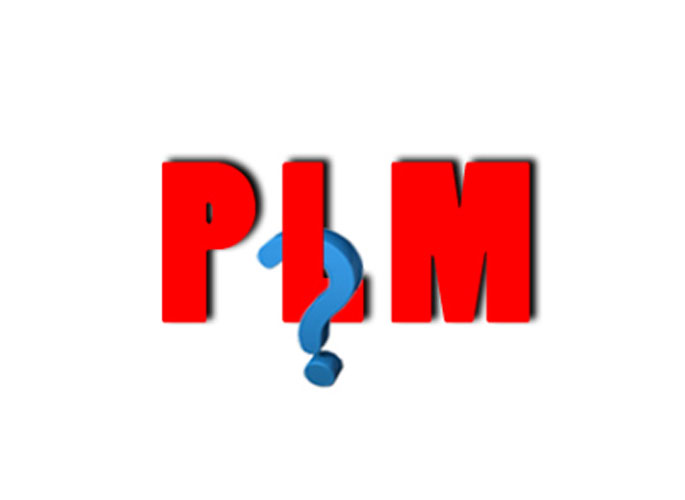4 PLM Q/A for Dummies and Surprising
As convenient as it may look from the outside, managing a fashion business is very daunting and full of challenges. From strategizing to get better ROI to facing the ever changing demands of buyers to even planning the growth of business, it takes a lot of time and effort. A PLM system assists businesses to meet the demands from the market more efficiently, all the while becoming more competitive and earning more profits.
Question 1: I am a small company with less than 5 designers do I need PLM?
PLM system is a great solution specifically designed for the challenges faced by companies in the fashion industry. Whether small or large, every company benefits from PLM system to streamline their designing and production activities to meet the rising global competition all the while expanding its business. Not only does it help you shorten lead time, but also keep the company’s growth in line with your expectations. On top of that, the return on investment by investing in a PLM technology is the highest an organization in apparel business can achieve.
Question 2: I hear Costs of implementing a PLM system are very high aren’t they?
The cost of implementing a PLM system varies on the basis of several factors such as the provider, business goals, user count and other. The cost also varies as per different elements like annual recurring price, one-time investment, or post-live support. For a small company, the expense may seem a little over the board, but the results are better than one can ever imagine. It’s effective in all the processes ranging from development and sourcing to quality management and line planning to even merchandising and sales, which convert to the sure-shot results.
Question 3: Can PLM allow me to track my organization?
An effective PLM system allows a business to track all kinds of changes to product information as well as convey revisions to the supply chain. In addition to that, companies can also track the product information in a rationalized central location.
Question 4: PLM takes years to implement we don’t have that much time?
It can’t be denied that implementing and adopting a PLM system requires both time and money, but with the right approach and experienced management, retailers and brands can save their time as well as money. It is a sequential process, wherein the implementation goes through different phases including more or less – requirements, design, implementation, verification, and maintenance. The sequencing requires some time, however, a Cloud-based PLM solution gets around the conventional implementation whilst reducing cost and time. This enables the organizations to achieve their PLM results more quickly.

